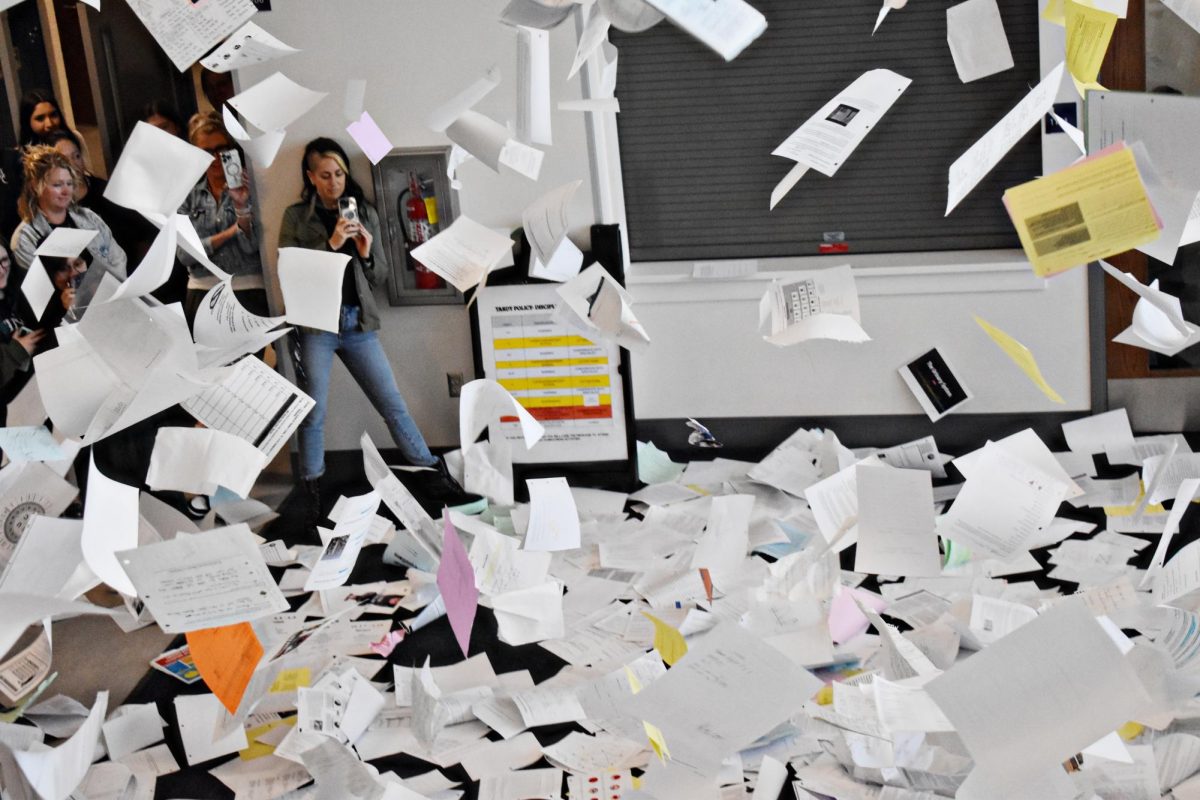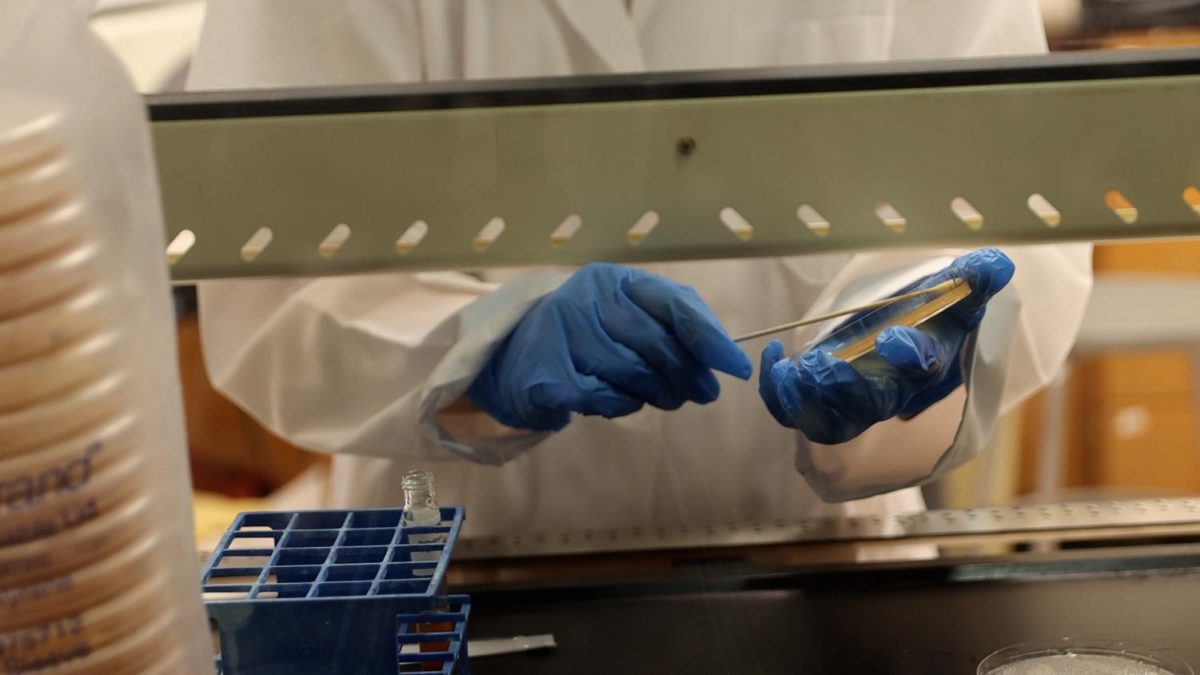Lead in Southern Lehigh High School’s water has sparked concerns over student safety. When analyzed in depth, the health threat is relatively minimal, but the lack of communication from administration has allowed rumors to develop. As a result, many community members find themselves uncertain over the actual danger.
Following the posting of hazard signs in science lab stations, students expressed concern over their own safety. Rumors spread, such as that there was lead in drinking water throughout the school, not just in science classrooms. In addition to student concern, the director of facilities, Mr. Mike Rohrbach, received an email from a parent concerned over water safety.
The most recent data available, water samples taken on March 2, 2023, suggest that most of the lead resides in the upstairs lab sinks. The Environmental Protection Agency’s legal limit for lead in drinking water is 15 parts per billion (ppb). Though not directly used for drinking, water in the high school’s room 207 tested with a 177 ppb lead content, over ten times the regulation. This is a decrease from tested levels from Oct. 2, 2023, where the lead content was as high as 872 ppb. Overall, 31% of the high school sinks tested in the October report—and 36% in March—contained lead concentration above the regulatory limit.
This data is published on the district website, though only through a chain of links, making it difficult to locate. Furthermore, lead testing or its results have never once been mentioned in the 2023-2024 school year’s district board meeting minutes, or high school Principal Mr. Joshua Miller’s Principal Newsletters. This shows a distinct lack of communication with community members, which has led to heightened concerns.
When a representative body of students directly brought up the lead during Principal Miller’s Principal Advisory Meetings, he assured them that the elevated lead content reported by the October test was due to water having sat unused in the pipes throughout the summer. This allowed lead in the soldering between lines to filter into the water. Therefore, Mr. Miller believes that the pipes themselves do not pose a long-term danger.
“The lines underneath our school all came out clear, as well as those in the [Family Consumer Science] room and drinking fountains, the ones that are used for cooking or drinking,” Mr. Miller said.
Although Southern Lehigh High School is not required by the state to test school water, Rohrbach annually tests the water quality as a precautionary measure. Lead has been found in the water before, but a plan of action is always formulated to assess the risk. Sometimes old faucets are replaced, but other times warning signs are placed to dissuade consumption. After the high levels of lead raised eyebrows in October, Rohrbach sent a memo to the high school administration, asking that caution be taken around sinks which tested over the regulated 15 ppb.
“We recently tested all of the sinks in those labs to see what percentage of them tested with elevated levels,” Mr. Rohrbach said. “The main thing is we wanted to change out those faucets that tested high.”
No lab sinks have been replaced so far, though Mr. Rohrbach states that new parts have been ordered; since the school currently uses specialized faucets, it has taken months to obtain and ship the equipment. In the meantime, signs have been placed to warn students and staff that the water from the lab station should not be consumed. On the other hand, middle school sinks with high lead levels have been replaced with ease because they are a stock item. Although the faucets have not yet been replaced, the teachers have continued to use the water for labs and experiments, as it is not known to be dangerous to touch.
“When the parts became hard to obtain, our environmental consultant—with input from their third party lab—advised us to put the non-potable stickers on these sinks, as they are not to be sources of consumption,” Mr. Rohrbach said.
However, teachers who received signs in their classrooms were not notified of the developments and were not told to inform their students. High school physics and forensics teacher Mr. David Long, whose classroom 207 reported the highest lead levels, thinks he remembers hearing about testing, but wasn’t told the results or informed on next steps when the signs appeared in February, five months after the tests themselves. Chemistry and physics teacher, Mr. Jeremy Deyton, gives a similar account.
“We were not instructed to do anything to my knowledge,” Mr. Deyton said. “When you throw a bunch of signs up like this that are bright and yellow and scary, it would be nice to have context.”
The disconnect between the issue and communication that students and staff received was alarming to some individuals. Hearing that there are health concerns about water in your own classroom or your child’s school district would cause anxiety to almost anyone. In failing to make information accessible to community members, administration allowed rumors to fester.
To prevent issues like this in the future, district and school administration need to work together to provide the necessary information to students and parents. Any concern so threatening as harmful substances in the building’s very plumbing, whether or not testing determines that it’s unlikely to be consumed, should be communicated to the community. This would allow the administration to address rumors before they spread, because in today’s information age, the details always get out.
This story was originally published on The Spotlight on April 22, 2024.

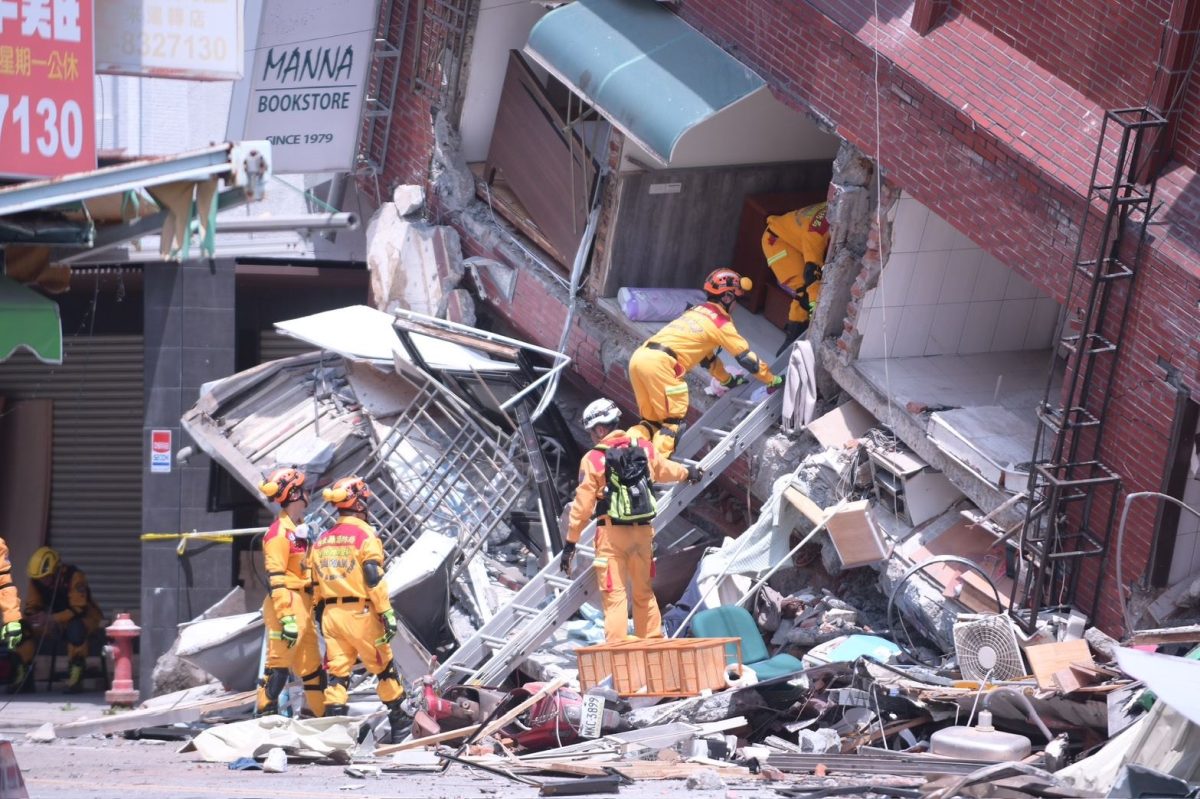



![With the AISD rank and GPA discrepancies, some students had significant changes to their stats. College and career counselor Camille Nix worked with students to appeal their college decisions if they got rejected from schools depending on their previous stats before getting updated. Students worked with Nix to update schools on their new stats in order to fully get their appropriate decisions. “Those who already were accepted [won’t be affected], but it could factor in if a student appeals their initial decision,” Principal Andy Baxa said.](https://bestofsno.com/wp-content/uploads/2024/05/53674616658_18d367e00f_o-1200x676.jpg)
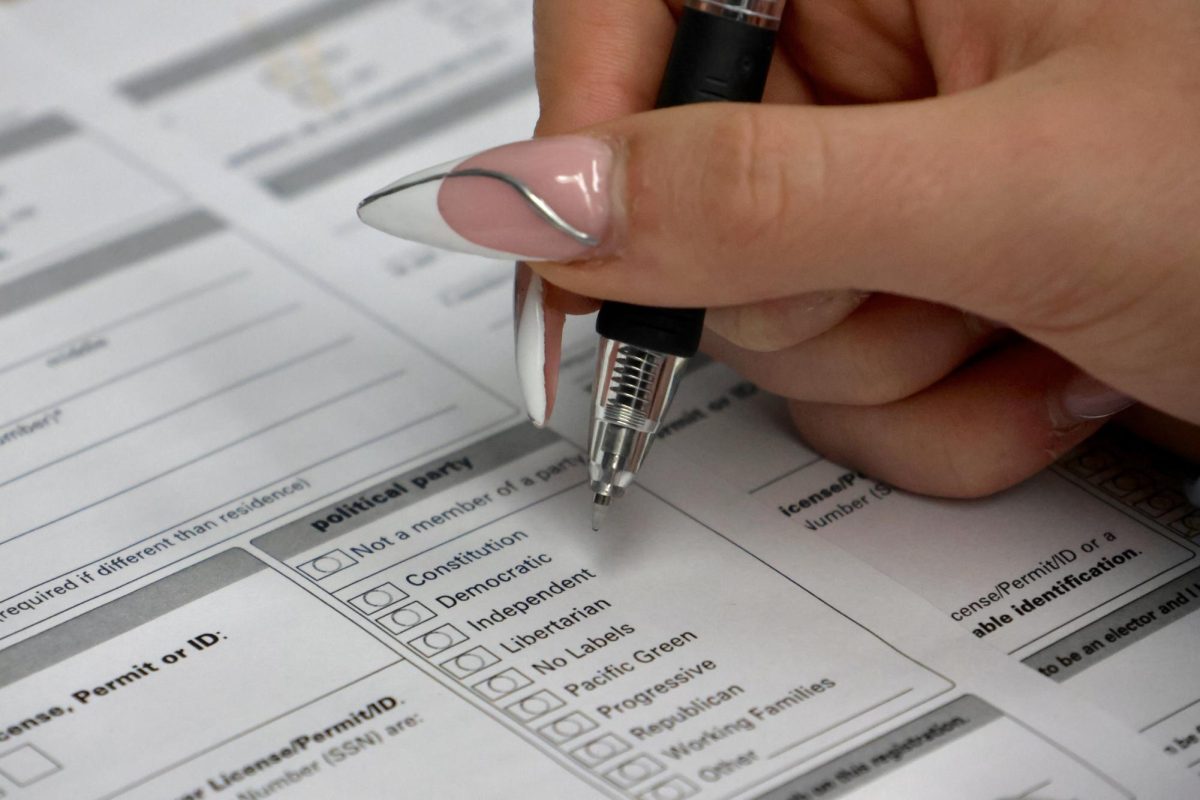





![Junior Mia Milicevic practices her forehand at tennis practice with the WJ girls tennis team. “Sometimes I don’t like [tennis] because you’re alone but most of the time, I do like it for that reason because it really is just you out there. I do experience being part of a team at WJ but in tournaments and when I’m playing outside of school, I like that rush when I win a point because I did it all by myself, Milicevic said. (Courtesy Mia Milicevic)](https://bestofsno.com/wp-content/uploads/2024/06/c54807e1-6ab6-4b0b-9c65-bfa256bc7587.jpg)








![The Jaguar student section sits down while the girls basketball team plays in the Great Eight game at the Denver Coliseum against Valor Christian High School Feb. 29. Many students who participated in the boys basketball student section prior to the girls basketball game left before half-time. I think it [the student section] plays a huge role because we actually had a decent crowd at a ranch game. I think that was the only time we had like a student section. And the energy was just awesome, varsity pointing and shooting guard Brooke Harding ‘25 said. I dont expect much from them [the Golden Boys] at all. But the fact that they left at the Elite Eight game when they were already there is honestly mind blowing to me.](https://bestofsno.com/wp-content/uploads/2024/05/IMG_7517-e1716250578550-900x1200.jpeg)






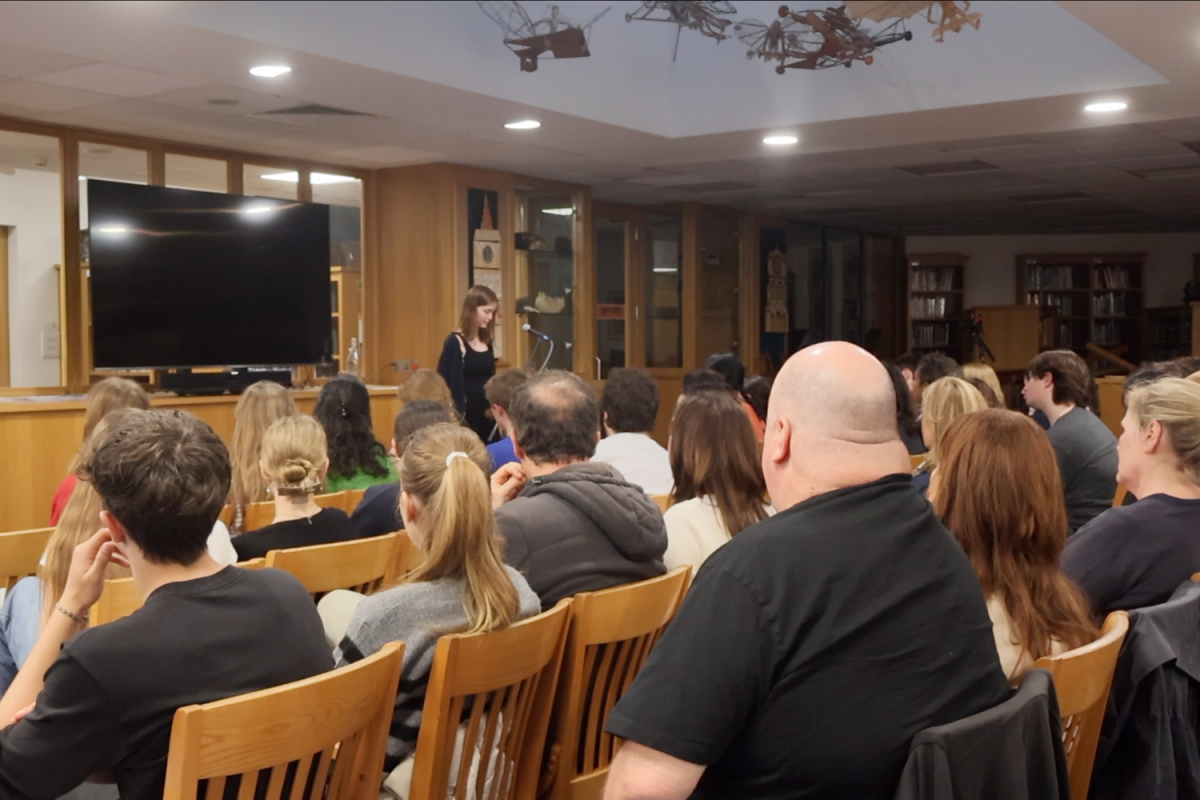


![BACKGROUND IN THE BUSINESS: Dressed by junior designer Kaitlyn Gerrie, senior Chamila Muñoz took to the “Dreamland” runway this past weekend. While it was her first time participating in the McCallum fashion show, Muñoz isn’t new to the modeling world.
I modeled here and there when I was a lot younger, maybe five or six [years old] for some jewelry brands and small businesses, but not much in recent years,” Muñoz said.
Muñoz had hoped to participate in last year’s show but couldn’t due to scheduling conflicts. For her senior year, though, she couldn’t let the opportunity pass her by.
“It’s [modeling] something I haven’t done in a while so I was excited to step out of my comfort zone in a way,” Muñoz said. “I always love trying new things and being able to show off designs of my schoolmates is such an honor.”
The preparation process for the show was hectic, leaving the final reveal of Gerrie’s design until days before the show, but the moment Muñoz tried on the outfit, all the stress for both designer and model melted away.
“I didn’t get to try on my outfit until the day before, but the look on Kaitlyn’s face when she saw what she had worked so hard to make actually on a model was just so special,” Muñoz said. “I know it meant so much to her. But then she handed me a blindfold and told me I’d be walking with it on, so that was pretty wild.”
Caption by Francie Wilhelm.](https://bestofsno.com/wp-content/uploads/2024/05/53535098892_130167352f_o-1200x800.jpg)

